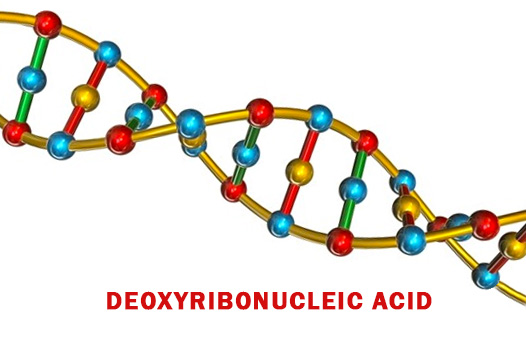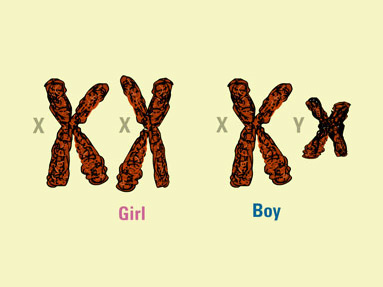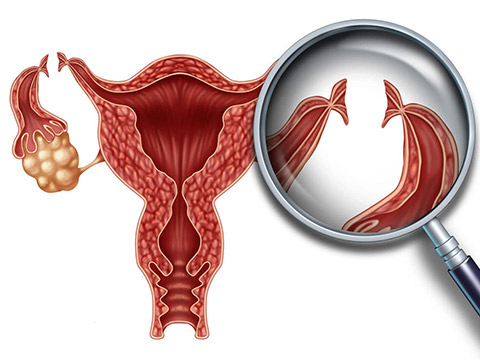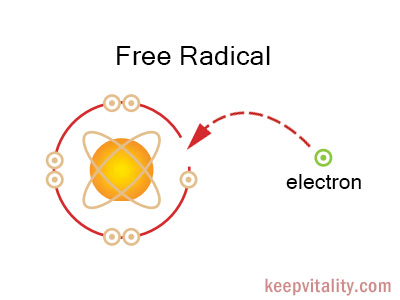DNA sequencing
Our DNA is our genetic code – it is what makes us the way we are when it comes to our external appearance and a variety of other functions. At the heart of the DNA structure are base pairs, which combined with sugar and phosphate molecules form nucleotides. These nucleotides are arranged in a specific sequence that is unique to each individual. Determining the arrangement of this sequence is what constitutes DNA sequencing. It is utilized in a variety of different areas of science, and we shall take a brief look at DNA sequencing in a bit more detail.
There are a number of reasons why DNA sequencing may be performed, though the primary reason remains studying the genetic code and entire chromosomes. Molecular biology is now a vast field that performs this particular test in order to assess genetic conditions and help guide patient treatment with genetic counselling. It may have applications in conditions such as cystic fibrosis, muscular dystrophy and a variety of other clinical conditions.
How is DNA sequencing performed?
Within the DNA molecule, there are different bases arranged in a particular sequence that eventually define the ‘gene’ in the human being. The gene consists of nearly 3000 bases on average, and is divided into two parts – the exon and the intron. The exon is the part of the DNA that codes for proteins, while the introns do not necessarily serve any function as such.
The actual process of DNA sequencing can be performed in a variety of ways. One of the first ever methods used was described by Allan Maxam and Walter Gilbert in 1977 (the first method was described by Frederick Sanger but published after Maxam and Gilbert’s paper) and utilised radioactive labelling of the DNA, followed by fragmentation and purification to generate labelled fragments. These labelled fragments were then subject to electrophoresis and the gel was visualised using x-ray.
Since then new methods have been developed and concentrate on sequencing larger portions of DNA. These advanced methods involve fragmenting the DNA using restriction enzymes into short fragments and then cloning it and amplifying it within a bacterial host such as E. coli. By doing so, the short fragments can be studied individually and the results can be studied as a group using electronic software.
General principle
In simple terms, DNA sequencing involves separation of the 2 DNA strands and determination of the individual bases on each strand. The “sequence” refers to the arrangement of these bases on the strand.
In order to achieve this, DNA is extracted from the cells using mechanical methods (like grinding) or using chemicals. The DNA binding proteins on the surface are then removed. The DNA strands are broken down and individual parts or fragments of the DNA are added to vectors and these can be placed in host cells (such as bacteria).
This is then placed in culture medium, allowing the vector to multiply – this results in multiplication of the DNA fragments as well, resulting in a large number of clones.
The DNA strands are then separated and a primer molecule is attached to one end of the strand (this is called the template strand). In the presence of DNA polymerase, a new DNA strand is formed on each of the original individual strands with the aid of deoxynucleotides (dNTP).
This process is then terminated with a “terminator nucleotide”. This terminator nucleotide is a dideoxynucleotide (ddNTP) that attaches to a particular base and this can be identified easily. The concentration of these dNTP and ddNTPs are such that the length of the sequences is variable. This cycle is repated a number of times.
Finally, each of the DNA strands formed is subject to capillary electrophoresis. Shorter strands emerge first and exposed to a laser beam, which produces a specific colour that is read by software as a signal. Each individual base produces a different colour, and the original DNA sequence can thus be determined by analysing overlapping sequences.
This method typically describes the essence of the Sanger method, which was the first method published on DNA sequencing. This method is still being used today as is the method of choice.
Some of the other ways DNA is sequenced include:
- Bridge PCR – using polymerase chain reaction, small fragments of DNA can be amplified using primers to eventually form what are called “DNA clusters”.
- Shotgun sequencing – in this procedure, DNA sequences that are shorter than thousand base pairs are broken down into fragments of various sizes that are subject to individual sequencing. The results obtained are studied based on the regions of the sequence that overlap.
- DNA nanoball sequencing – this is a unique procedure where DNA fragments are amplified to form a DNA nanoball using a technique called rolling circle replication. The advantage of this procedure is that a large amount of DNA can be studied simultaneously but the fragments that are studied remain small and hence analysing an entire genome can be difficult.
- Single molecule real-time sequencing. In this procedure, the DNA fragments are sequenced using unmodified polymerases in a special container called the zero mode waveguides. It also uses nucleotides that are labelled with a fluorescent tag and this fluorescent label eventually is detached from the nucleotide and ultimately gets incorporated into a strand of DNA.
These are just some of the methods that are utilised to perform DNA sequencing. New methods are being developed such as hybridisation techniques and using mass spectrometry along with the use of RNA polymerase the sequence DNA.
Where is DNA sequencing performed?
There are a number of companies in the United States and United Kingdom along with different parts of the world that now perform DNA sequencing. One such DNA sequencing company is Genscript and other companies include Nucleics and Genewiz Inc.
DNA sequencing is a useful technique to study the human genome. Its applications can help identify genetic diseases sooner, and may even help develop new drugs in the future.






